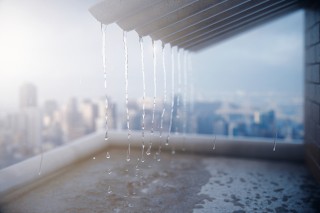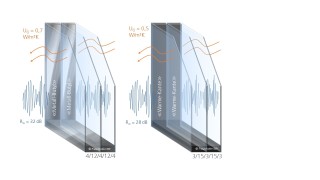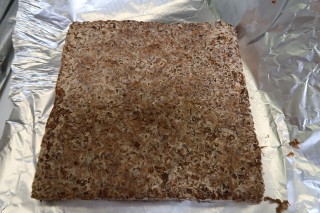
How can precipitation runoff from non-metal roofs be used in water-sensitive cities?
In growing cities, more and more surfaces are being sealed. This increases the contact of rainwater with materials, e.g. roofs, resulting in the contamination of precipitation runoff with harmful substances. However, no clear or statistically relevant information on pollutant emissions is available for most roof materials, as hardly any studies have been carried out and these are usually based on one-off random samples. General conditions such as atmospheric influences or gutter material, are often not sufficiently described. There is therefore a considerable need for research in order to draw scientifically sound conclusions about pollutants in precipitation runoff from non-metal roofs.
more info







